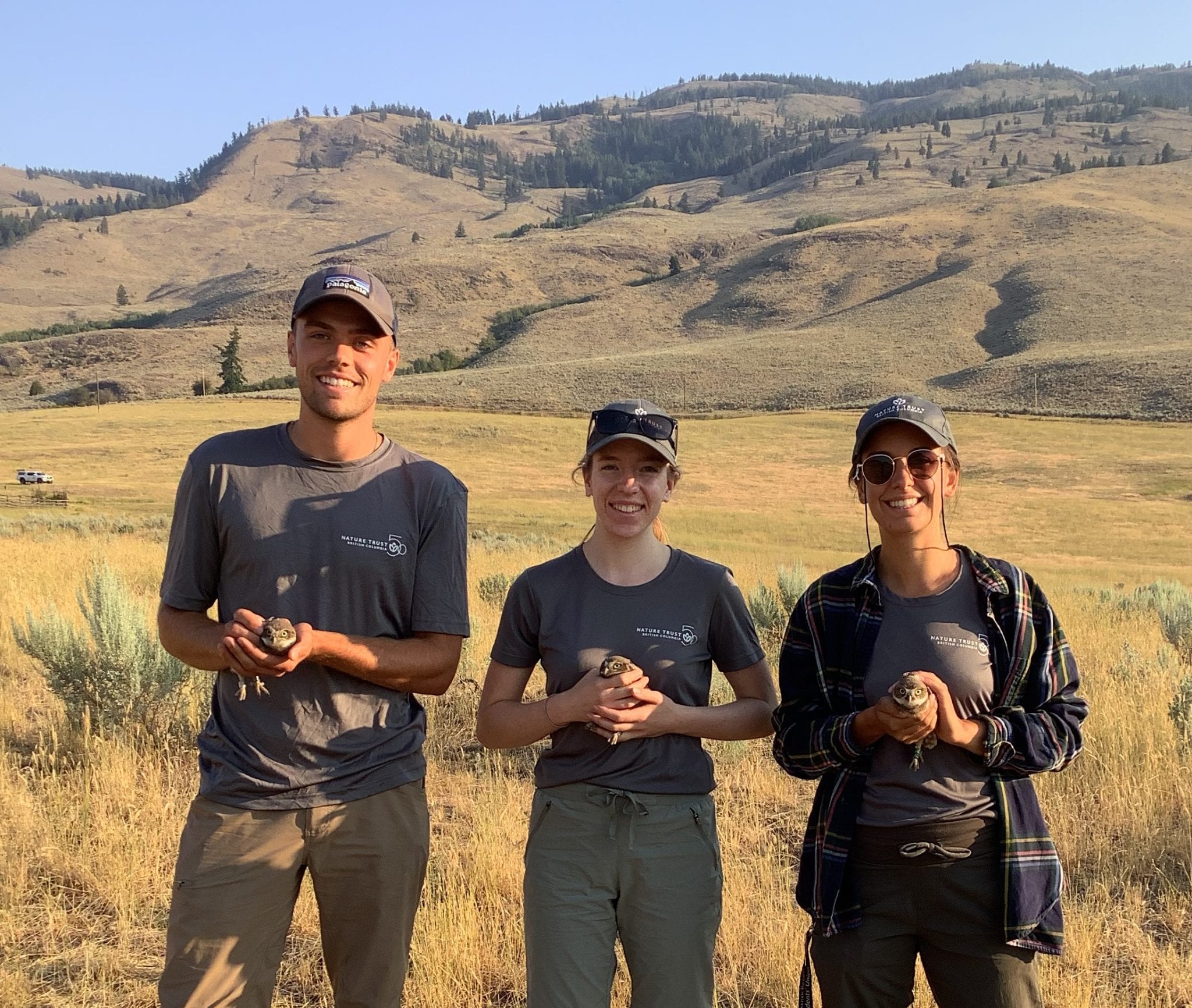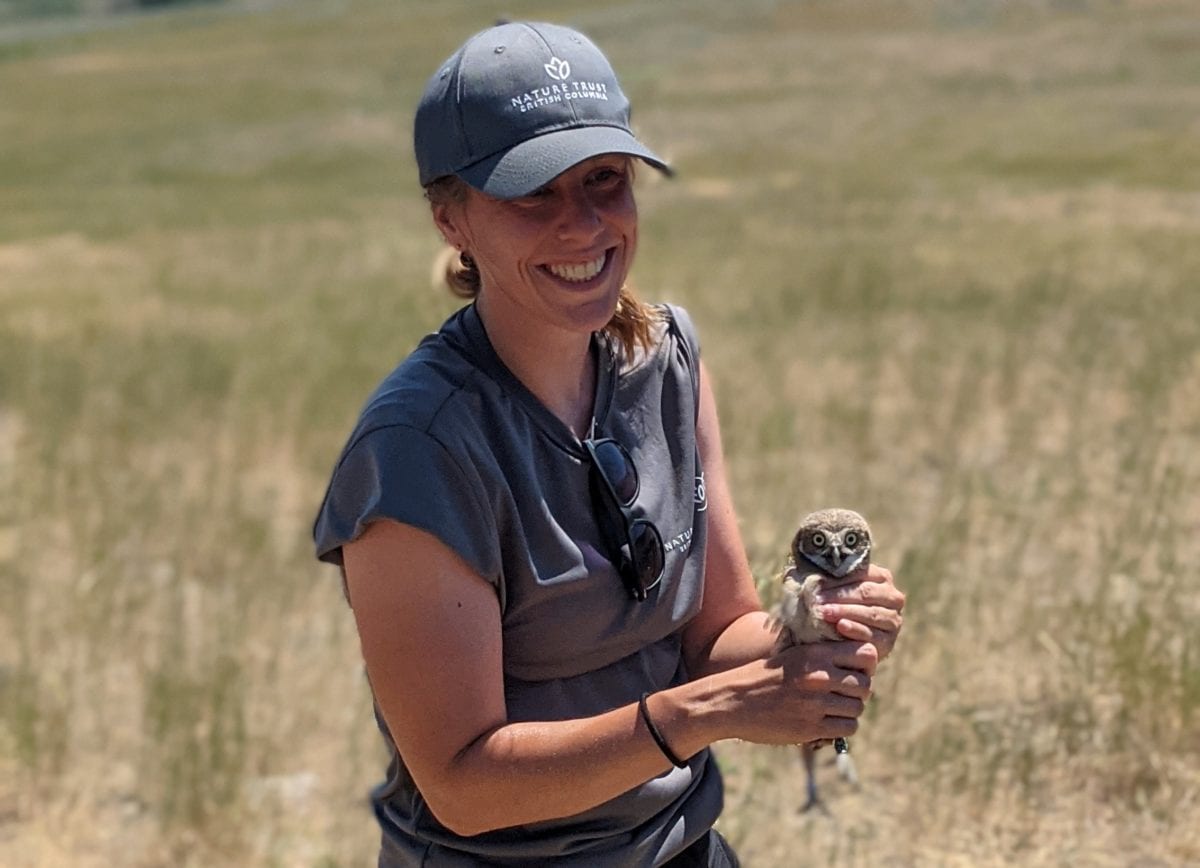
The adorable Burrowing Owl is one of the most endangered birds found in Canada’s grasslands. In fact, the species was extirpated from BC (extinct specifically in BC) in 1979. This is largely due to habitat destruction from urbanization and agricultural expansion. They live in a very specific habitat: the dry valley bottoms of the Southern Interior, which comprise less than 1% of the area of the province.
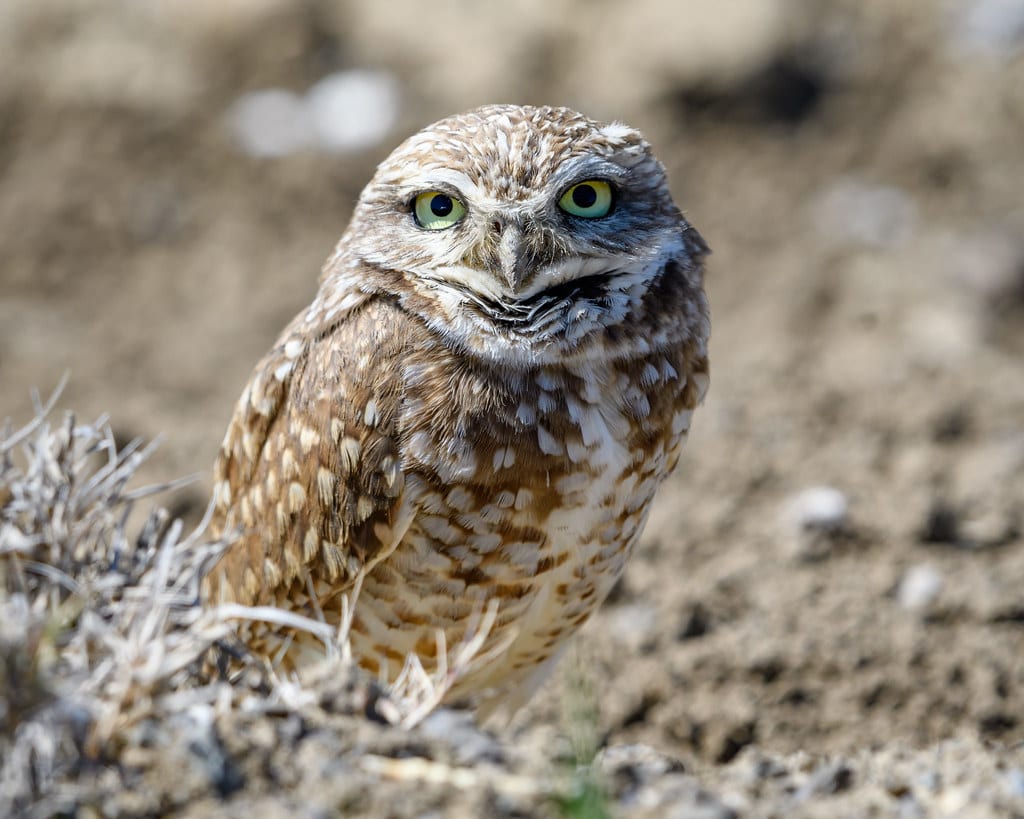 Thankfully, there are many people working hard to try and reintroduce Burrowing Owls to their historic range in BC. The Nature Trust of BC’s Okanagan Field Crew has been working at White Lake Basin to help the Burrowing Owl Conservation Society with some of their important work.
Thankfully, there are many people working hard to try and reintroduce Burrowing Owls to their historic range in BC. The Nature Trust of BC’s Okanagan Field Crew has been working at White Lake Basin to help the Burrowing Owl Conservation Society with some of their important work.
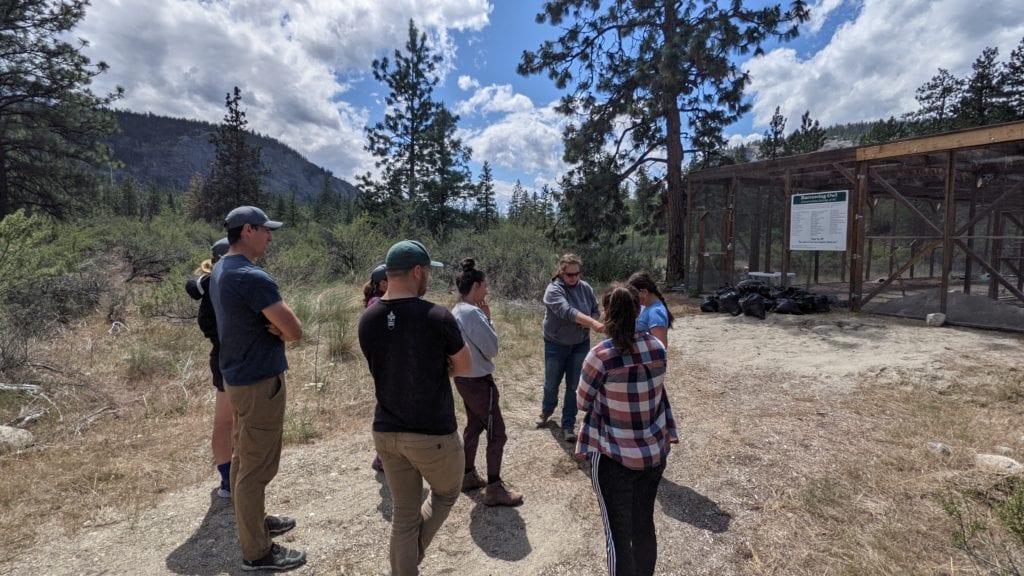
The crew have been assisting with a project aimed at establishing a reoccurring population of Burrowing owls in the South Okanagan. The Burrowing Owl Conservation Society raises owls in dedicated facilities and then releases them to the wild. They also work with First Nations bands to promote grassland biodiversity and provide habitat for Burrowing owls by maintaining a network of over 800 artificial burrows.
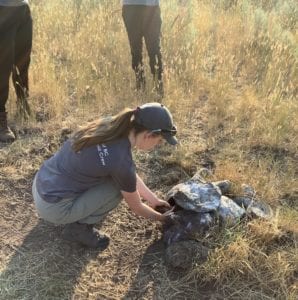
Twice a week, the Okanagan Field Crew has been feeding Burrowing owls in their soft release cages. Pairs of owls are put into these cages where they can mate and lay a clutch of eggs in human made burrows. Once the clutch has been established with five or more eggs, the soft release cages are removed. The eggs then incubate for roughly 26 days before they hatch. Once hatched, banding them is the next step.
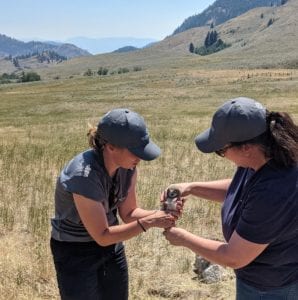
On June 29th, the Okanagan Field Crew spent their day working quickly to band the little owlets in nearly 40 degree heat. They used something called a “plunger” which is a long piece of pvc pipe with some foam attached to it that directs the owlets to the back of their burrow. From there, they opened the burrow and placed the owlets one by one in holding crates with towels covering them to keep them calm. They then take measurements and band the owlets with green US fish and wildlife bands and black BC bands. Once this is done, they put them back safe and sound into their burrows so that their mom and dad can stop stressing!
The crew continues feeding the owls and recording their data until winter comes when the owls migrate south. The bands indicate that they are from BC if they are seen in the US or Mexico. The next step is to wait and hope that they return next year!
